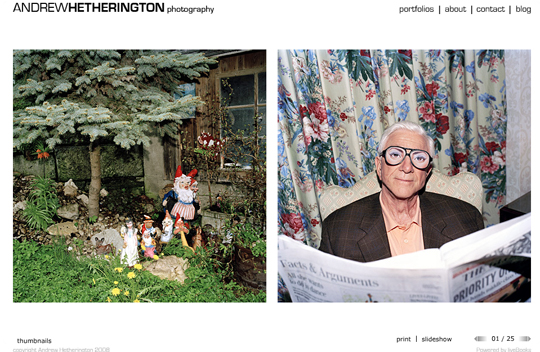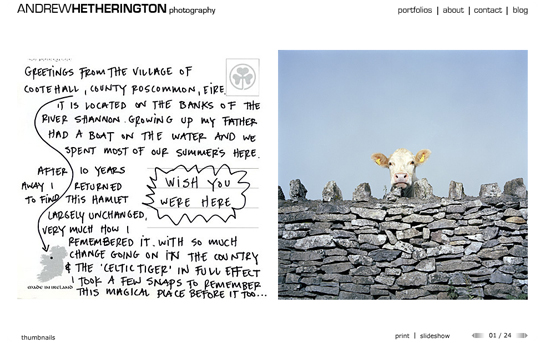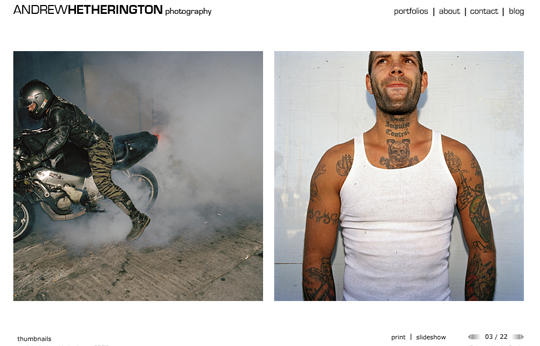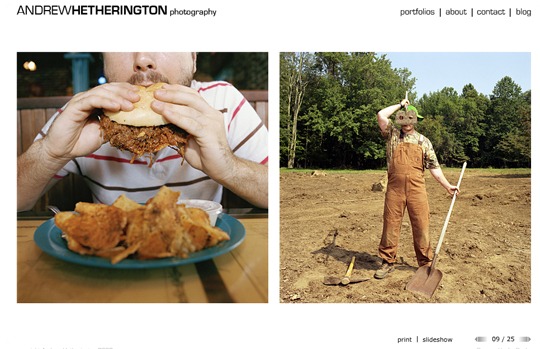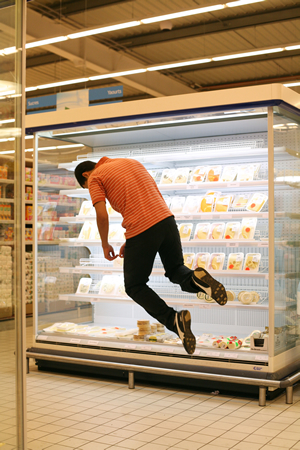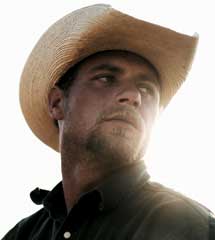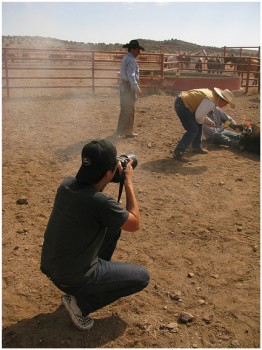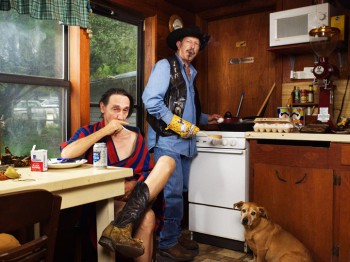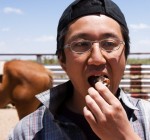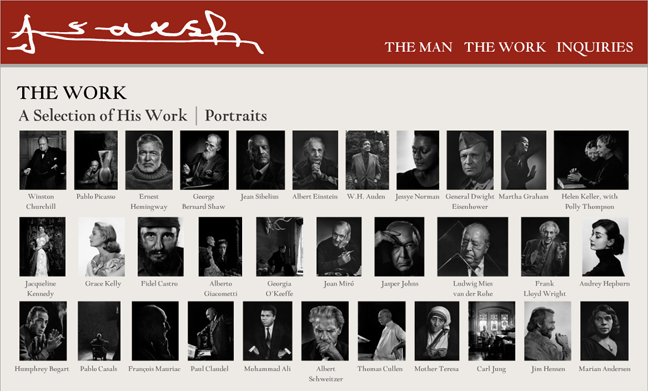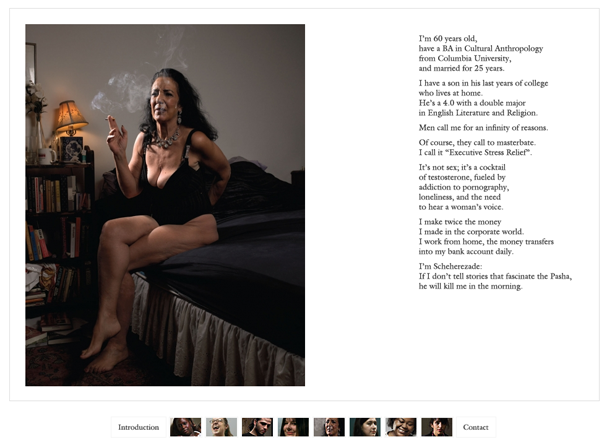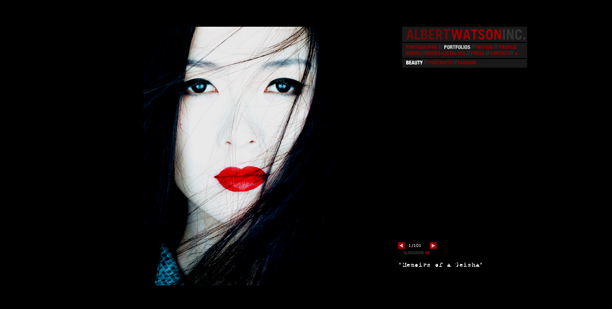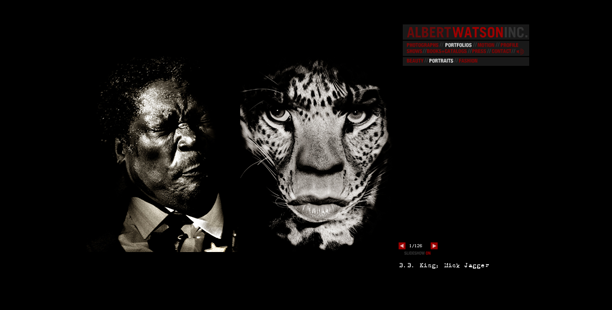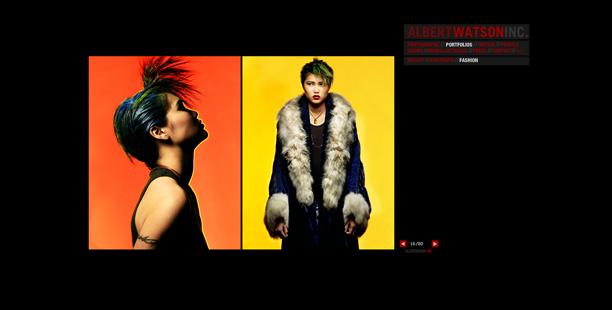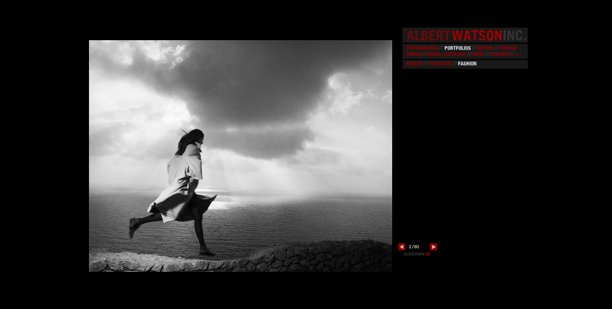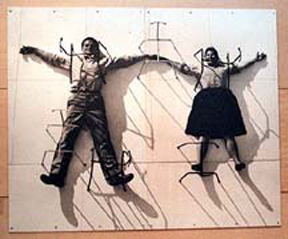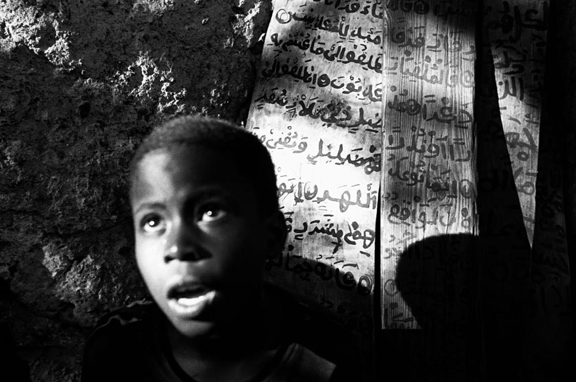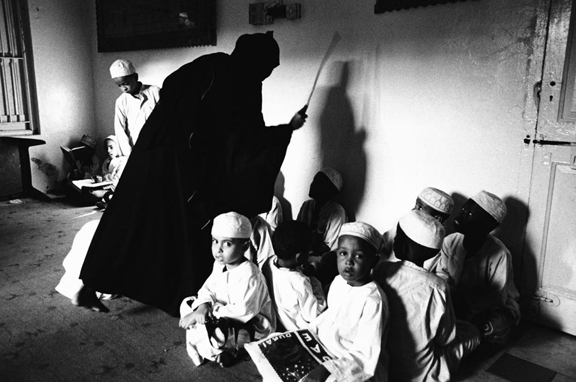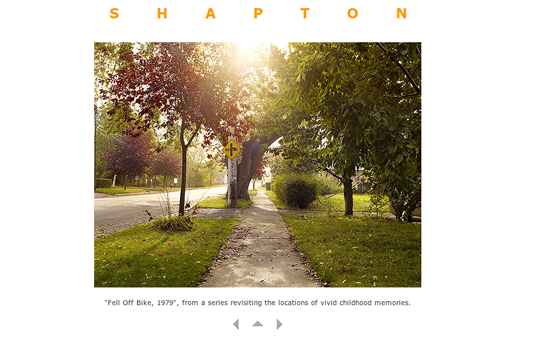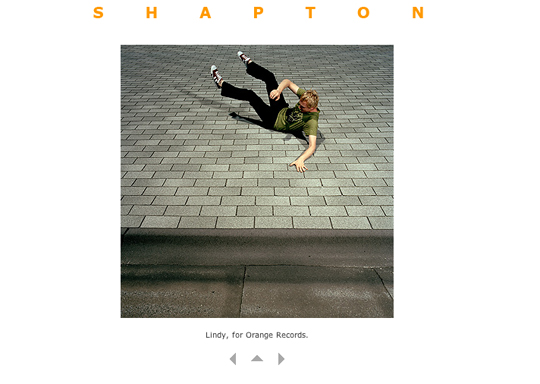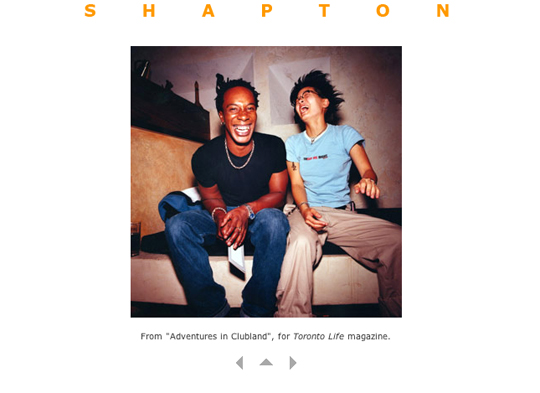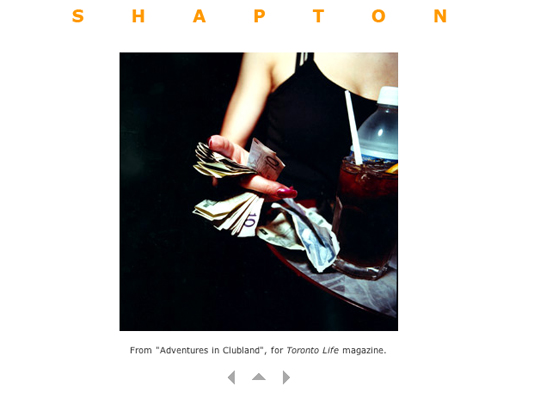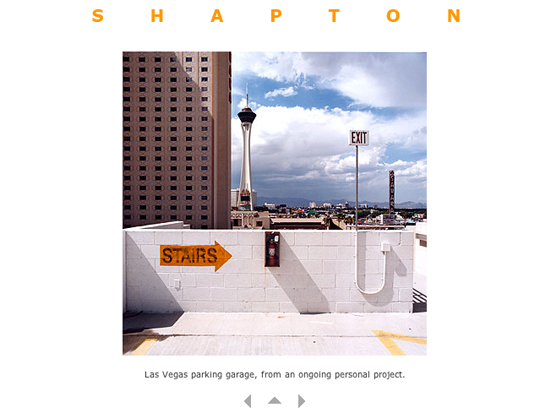One day sitting in my office on 6th avenue reading photo industry blogs while the phone rang off it’s hook and the books piled up outside my door and assignments that needed to be made were not being made I had a eureka moment. I was reading Andrew Hetherington’s blog *what’s the jackanory* and there was debate about why a photo editor did something and why a photographer let a photo editor do something and I thought, “Photo Editors need a blog, I’ll start one.” I owe him a debt of gratitude for that moment but that’s not why you’re reading about him here. He’s also been on my list of photographers to hire for many years so I’m not going to ignore him despite the fact that a few of you think photo industry blogging is a self-perpetuating back slapping machine.
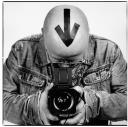
Andrew (website here) is a top editorial photographer who lands commissions from magazines like GQ, ESPN and Details; and wins awards from CA, American Photography and PDN. Even though he spills his guts on his blog every week I thought you’d like to hear me ask him a few questions.
1. Can you tell me how you became known by Photo Editors and Art Directors as the cow with wall photographer and has it helped or hindered your career to be remembered so well for that one image?
I think it has been a great help. Its important to be remembered for something, right ? You know I didn’t realize this shot’s hidden potential early on, sometimes you are so close you don’t see what you really have. I didn’t think it had much of an edge but editors and art directors all started to react to it when I started showing the book around. I had it hidden down the back but then it quickly made its way to the front especially after PDN used it on the cover of the 30 issue in 2003. I used the image as part of a mailer that year and I still see it up on editors bulletin boards from time to time.
FYI, I am also refered to as the guy who photographs drunk Irish folk, barf, women’s bums, bloody noses, you know the funny quirky gross guy.
2. I’m sure it wasn’t a “eureka” moment but can you describe the chain of events that lead to you becoming a top editorial photographer?
My Dad was a lighting camera man (cinematographer) we were surrounded by gear growing up
I had no interest in moving pictures
Hated being in front of the camera which we often were
With my Dads encouragement I started dabbling with his Pentax slr
Joined the school camera club
Began to shoot the sports at school
Got to go to all the rugby games and be on the sideline
Got to all the parties too, score
Had a darkroom in my bedroom
Processed film in the bathroom
Discovered reticulation by accident !!
Had to decide what I wanted to do when I left school
Wasn’t terribly academic during my teens
Was more interested in music, fashion and my hair
Was accepted to Art School; a 1 year course in Commercial Photography
Didn’t learn much. It was the first time this school offered the curriculum
so it was a bit mickey mouse
Partied !
Assisted photographers in Dublin
Began shooting on my own, fashion mostly
Did alright for a while
Got as far as I could go
Needed to figure out where I was going with my life
Got a green card in a lottery
Moved to New york, gave myself a year to see what happened
Assisted lots
Was exposed to tons of amazing people and experiences who all had a profound effect on me and my photography
Fell in love
Started shooting again, mostly fashion
Did alright for a while
Realised I wasn’t going to be Steven Miesel
Got as far as I could go
Lost the passion for the fashion
Started to concentrate on what really excited me, environmental portraiture
Got a big break and was chosen for PDN 30 2003
Got the cover, yes the cow
Doors opened
Started to get really cool work with really cool people
Still am
Not taking any of it for granted
3. I’ve always had you on my list of photographers as someone who can take banal situations, make them interesting and also make a complete story out of it, not just one portrait. Can you tell me how you arrived at this style of photography? Also, does it bother you to be called to shoot subjects I think are dull?
Well Rob you never called so I guess there wasn’t much need for dull banality at Outside or Mens Journal. [SNAP! -Rob]
When I started out shooting in New York I always used a ton of gear, different cameras and lighting packages. I was all over the shop. As an assistant I had worked with so many different types of photographers that it took me a while to shake all their influences and hone my own style. At the time my personal work was more straightforward and as I transitioned from the fashion into portraiture I was looking for a way to shake my previous work habits; to be mobile, to be able to shoot indoors and outdoors at a moments notice, to be able to take advantage of whatever opportunity presented itself. Ambient light isn’t my thing, flash is, so I also wanted to keep that quick and simple too. I like a bit of quality though and amn’t a huge 35mm fan so in a nutshell I try for point and shoot mobility with a lit medium format aesthetic. I think this really frees me up (when there are no major assignment restraints) so I am not locked in to one or two set ups. I also wanted to be able to create the same quality of image whether I am on my own or whether I have one, two or three assistants. I love it when I get called to do a gig that calls for a set up portrait combined with elements of reportage.
Dull that doesn’t bother me at all and hey if there’s any travel involved I am down. To be honest I love pulling up in front of someone’s place in bum fuck no where, you never know whats waiting behind the door. Most of by favorite stuff is as a result of being out there somewhere; it may never make the magazine edit or even have anything to do with the assignment but one mans dull is another’s life altering experience. It can certainly be a bit hairy at times and the magic is not always a given but I do enjoy the challenge.
4. Are there any career choices you that you either regret or were the best decision you ever made?
I think the best decision I ever made was to start shooting for myself, to start doing what I wanted to do the way I wanted to do it, and not to worry about satisfying anyone else but myself.
No major career regrets to be honest, its usually the more obvious regret; when a shoot doesn’t work out as well as one had hoped or I miss a shot. Just makes me try even harder the next time.
5. If you were an insect what kind would you be and why?
I would be ‘grasshopper’
“Yet it is eyes which blind the man”…”Because a man can see, he does not look.”
– Master Po.
I still have so much to learn

